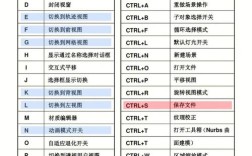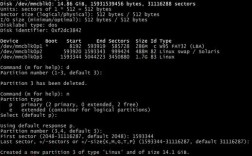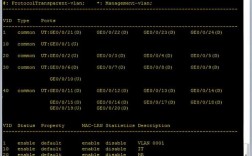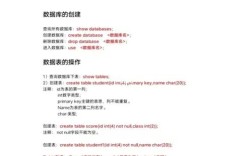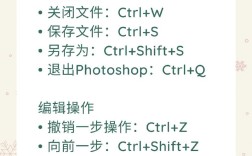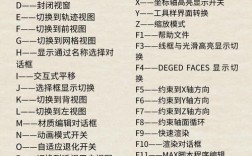在WPF(Windows Presentation Foundation)开发中,自定义命令是一种强大的机制,用于实现UI元素与逻辑处理之间的解耦,通过自定义命令,开发者可以将用户操作(如按钮点击、菜单选择)与具体的业务逻辑分离,提高代码的可维护性和复用性,本文将详细介绍WPF自定义命令的实现原理、步骤及注意事项。

WPF命令基础
WPF命令系统基于四个核心组件:命令(ICommand)、命令绑定(CommandBinding)、命令源(ICommandSource)和命令目标(ICommandTarget),ICommand接口定义了命令的基本行为,包括Execute(执行命令)和CanExecute(判断命令是否可执行)方法,WPF内置了如RoutedCommand、RoutedUICommand等路由命令,但有时需要根据业务需求创建自定义命令。
自定义命令的实现步骤
定义命令类
自定义命令通常需要实现ICommand接口,可以直接实现该接口,也可以继承自RoutedCommand以利用路由事件机制,以下是直接实现ICommand的示例代码:
public class CustomCommand : ICommand
{
public event EventHandler CanExecuteChanged;
public bool CanExecute(object parameter)
{
// 根据业务逻辑判断命令是否可执行
return true;
}
public void Execute(object parameter)
{
// 实现命令的具体逻辑
MessageBox.Show("自定义命令执行");
}
public void RaiseCanExecuteChanged()
{
CanExecuteChanged?.Invoke(this, EventArgs.Empty);
}
}
声明静态命令实例
在静态类中声明命令实例,以便全局调用:
public static class ApplicationCommands
{
public static readonly RoutedCommand CustomCommand = new RoutedCommand();
}
绑定命令到UI元素
在XAML中为UI元素(如Button)绑定命令:

<Button Command="{x:Static local:ApplicationCommands.CustomCommand}" Content="执行命令"/>
添加命令绑定
通过CommandBinding将命令与事件处理程序关联:
<Window.CommandBindings>
<CommandBinding Command="local:ApplicationCommands.CustomCommand"
Executed="CustomCommand_Executed"
CanExecute="CustomCommand_CanExecute"/>
</Window.CommandBindings>
对应的代码后台事件处理:
private void CustomCommand_Executed(object sender, ExecutedRoutedEventArgs e)
{
// 命令执行逻辑
}
private void CustomCommand_CanExecute(object sender, CanExecuteRoutedEventArgs e)
{
e.CanExecute = true; // 控制命令是否可用
}
自定义命令的高级用法
参数传递
通过Execute方法的parameter参数传递数据,在Button中设置CommandParameter:
<Button Command="{x:Static local:ApplicationCommands.CustomCommand}"
CommandParameter="Hello, Command!"
Content="带参数的命令"/>
在Execute方法中获取参数:
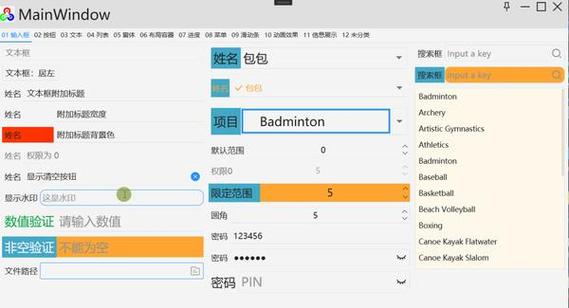
public void Execute(object parameter)
{
string message = parameter as string;
MessageBox.Show(message);
}
命令的启用/禁用控制
通过CanExecute方法动态控制命令状态,根据某个条件禁用按钮:
private void CustomCommand_CanExecute(object sender, CanExecuteRoutedEventArgs e)
{
e.CanExecute = IsDataValid(); // 假设IsDataValid()是验证数据的方法
}
使用DelegateCommand
在MVVM模式中,常使用DelegateCommand(如Prism框架中的DelegateCommand)简化命令实现:
public class MainViewModel : INotifyPropertyChanged
{
private DelegateCommand _customCommand;
public ICommand CustomCommand => _customCommand ??= new DelegateCommand(ExecuteCustomCommand, CanExecuteCustomCommand);
private void ExecuteCustomCommand()
{
// 执行逻辑
}
private bool CanExecuteCustomCommand()
{
return true;
}
}
注意事项
- 线程安全:如果命令执行涉及跨线程操作,需使用
Dispatcher确保UI线程安全。 - 命令生命周期:避免在命令中持有对UI元素的直接引用,防止内存泄漏。
- 路由策略:路由命令会沿元素树向上或向下传递,需注意事件冒泡和隧道的影响。
相关问答FAQs
问题1:自定义命令与事件处理程序有何区别?
解答:自定义命令是一种抽象机制,支持命令的启用/禁用状态管理、参数传递和路由功能,适合跨组件的复杂交互;而事件处理程序是直接绑定到UI元素的回调,功能相对简单,适合单一元素的直接操作,命令更适合MVVM模式,而事件处理更适用于传统代码隐藏模式。
问题2:如何在MVVM模式中高效使用自定义命令?
解答:在MVVM中,推荐使用DelegateCommand或RelayCommand(如CommunityToolkit.Mvvm)实现命令,将命令逻辑封装在ViewModel中,通过数据绑定关联到View,利用CanExecute方法实现动态UI状态控制,确保View与ViewModel的完全解耦,通过ObservableCollection的集合变化通知自动更新命令的可用状态。

